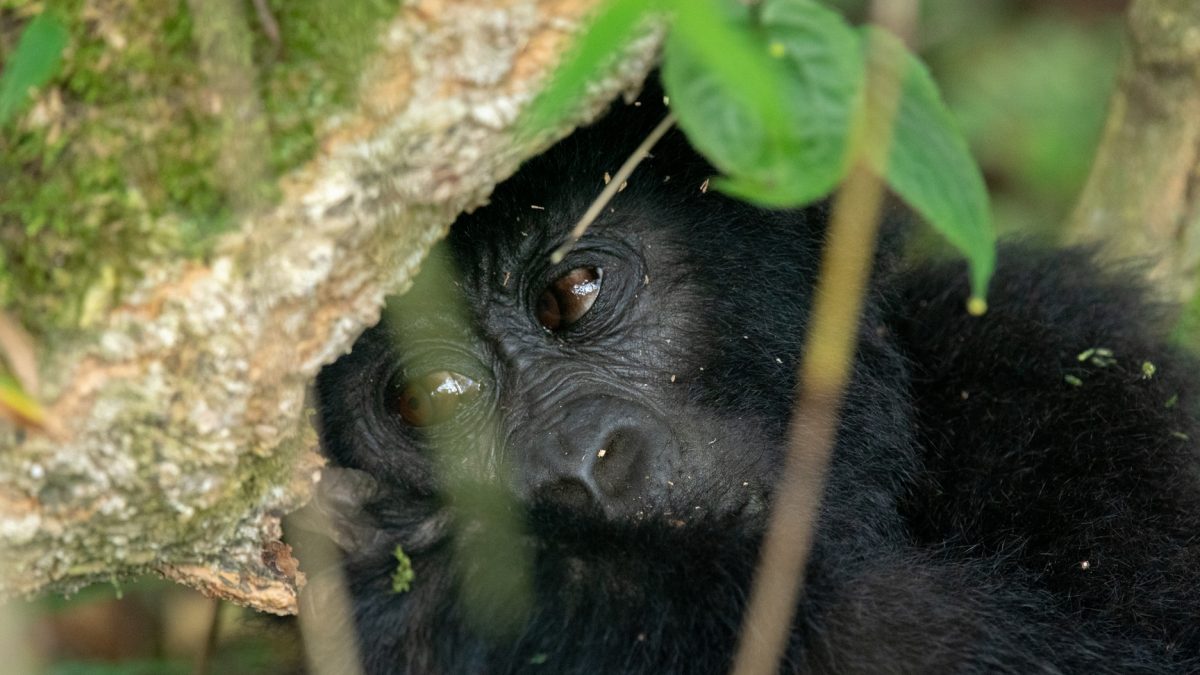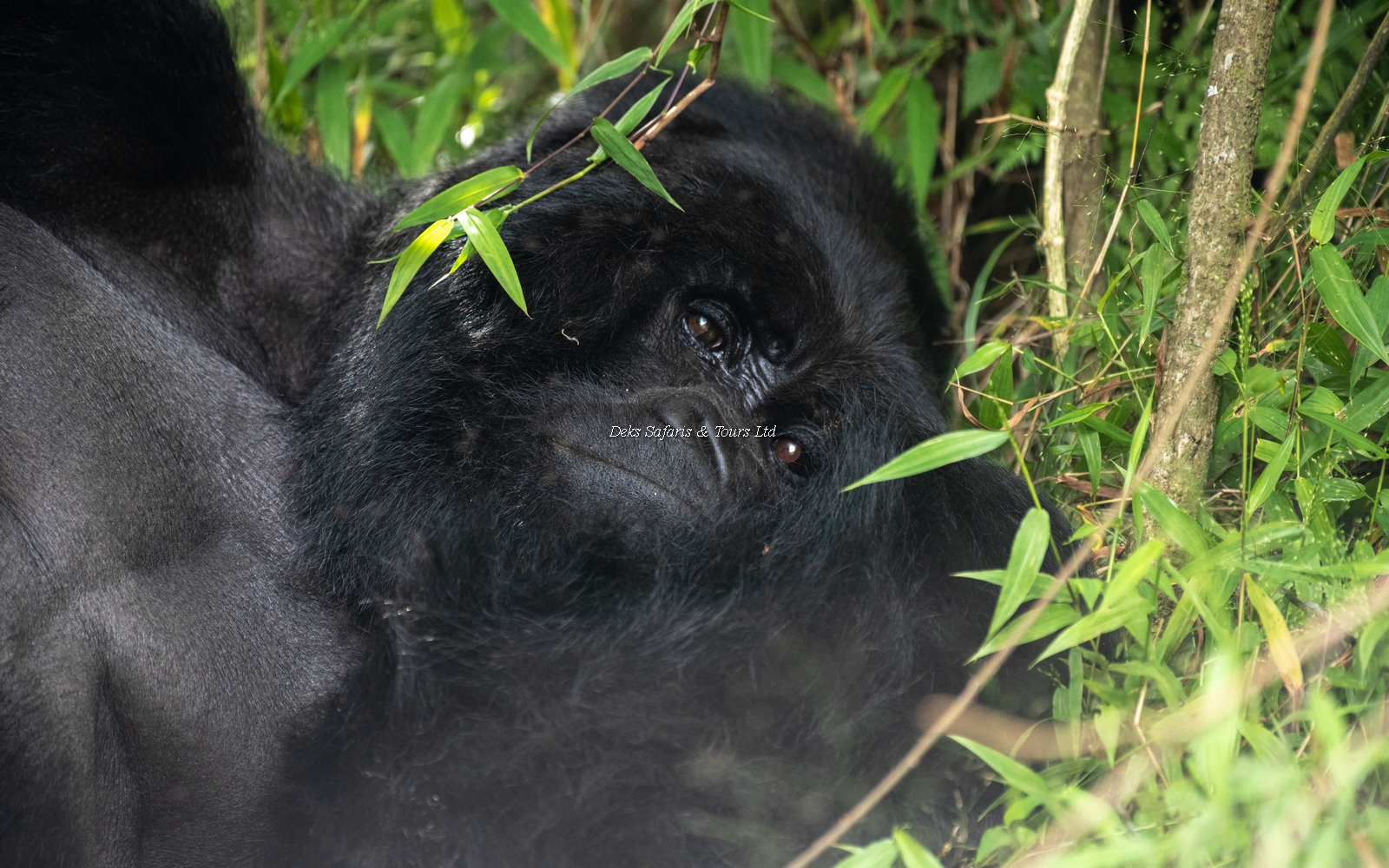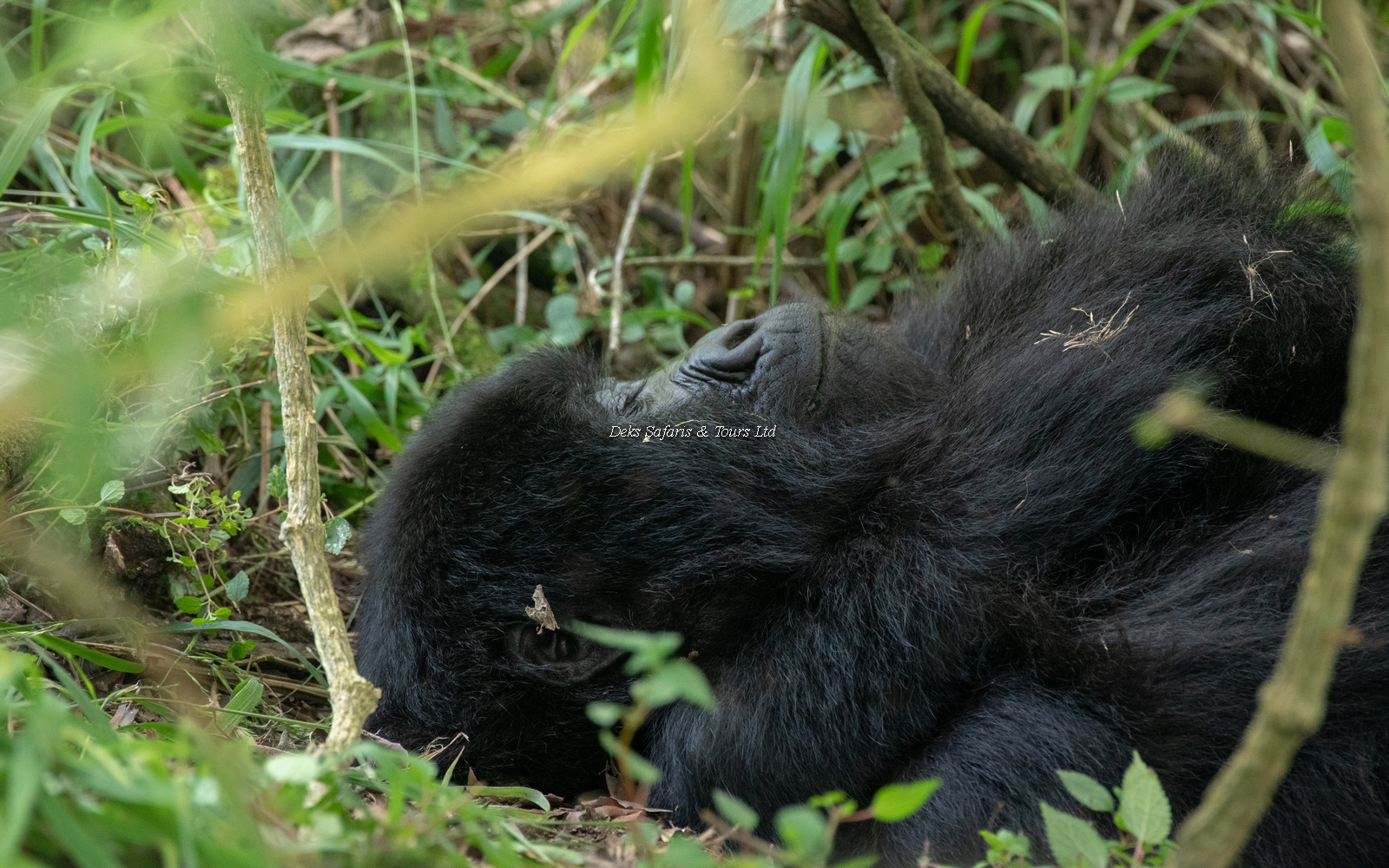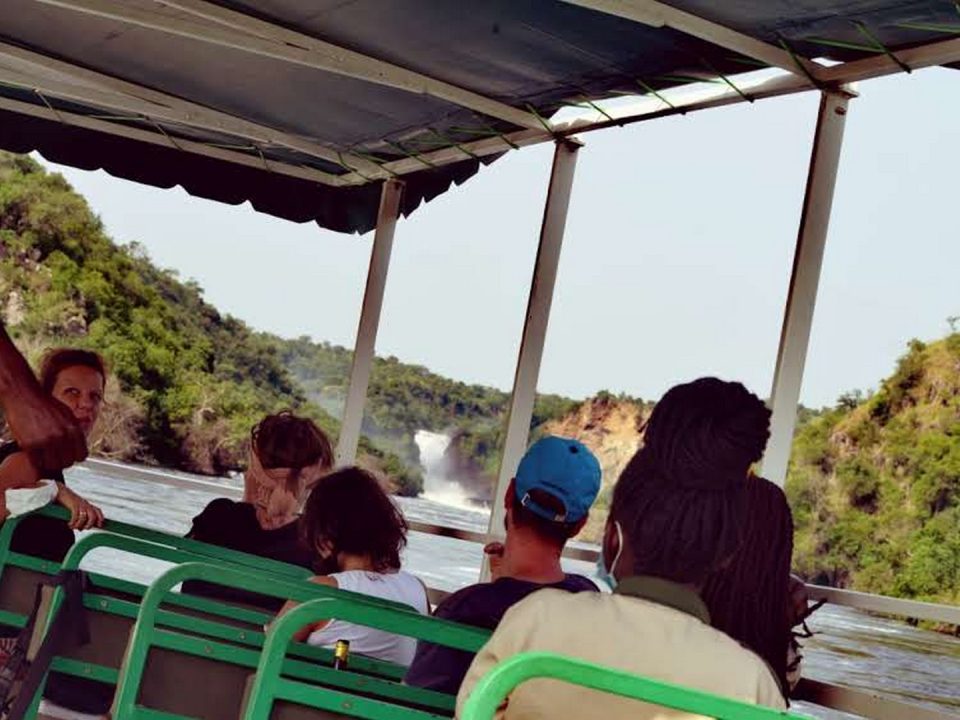
What is the Age Limit for Gorilla Trekking in Uganda?
February 23, 2025
Where is the Best Place to Go Gorilla Trekking?
February 23, 2025How Many Mountain Gorillas Are Left in Uganda?
How Many Mountain Gorillas Are Left in Uganda? Mountain gorillas are among the most iconic and critically endangered species on the planet. Once on the brink of extinction, they now represent a remarkable conservation success story, particularly in Uganda, where a large portion of the world’s population resides. As one of the leading tour operators specializing in gorilla trekking, Deks Safaris & Tours Ltd. is committed to promoting awareness of the conservation efforts that have allowed the mountain gorilla population to thrive. This detailed article explores the current population of mountain gorillas in Uganda, the factors that contribute to their survival, and the critical conservation initiatives that ensure these majestic creatures are protected for future generations.
Exceptional Uganda Safari Packages to Murchison Falls National Park
- 6 Days Uganda Adventure Tour
- 6 Days Uganda Safari
- 7 Days Uganda Safari
- 7 Days Uganda Tour
- 8 Days Uganda Safari
- 8 Days Uganda Tour
- 9 Days Uganda Safari
- 9 Days Uganda Wildlife Tour
- 15 Days Best of Uganda Safari
- 15 Days Ultimate Uganda Safari
- 21 Days Around Uganda Safari
- 21 Days Uganda Safari
- 3 Days Bwindi Gorilla Trekking
- 4 Days Uganda Safari
- 4 Days Gorilla Trekking Safari
- 5 Days Uganda Tour
- 5 Days Uganda Safari
The Current Population of Mountain Gorillas in Uganda
Population Estimate
As of the most recent surveys, there are approximately 600 mountain gorillas left in the wild, and about half of this population—around 400 individuals—live in Uganda. The majority of these gorillas are found in two of Uganda’s most famous national parks: Bwindi Impenetrable National Park and Mgahinga Gorilla National Park.
- Bwindi Impenetrable National Park: Bwindi is home to the largest population of mountain gorillas in Uganda, with more than 350 gorillas living across the park’s four sectors. It is one of the most popular destinations for gorilla trekking.
- Mgahinga Gorilla National Park: Although smaller in size, Mgahinga is another crucial habitat for mountain gorillas, particularly those that roam the Virunga Mountains, straddling the borders of Uganda, Rwanda, and the Democratic Republic of Congo. Mgahinga hosts around 80 mountain gorillas.
While the population of mountain gorillas in Uganda has significantly increased over the last few decades, they remain a vulnerable species, and continuous conservation efforts are essential for their survival.
Global Distribution of Mountain Gorillas
Mountain gorillas are an endangered species with a very limited range. They are found in two distinct populations:
- Uganda: Bwindi Impenetrable National Park and Mgahinga Gorilla National Park.
- Rwanda: Volcanoes National Park.
- Democratic Republic of Congo: Virunga National Park.
The combined population across all three countries is estimated to be just over 1,000 individuals, making them one of the rarest great ape species on the planet.
Why the Mountain Gorilla Population Is Critical to Conservation
Ecological Importance
Mountain gorillas play a vital role in their ecosystem, particularly in the forests and bamboo groves of Uganda. Their feeding habits help disperse seeds, promoting plant growth and maintaining biodiversity. Their presence is crucial in maintaining the balance of their natural environment, which in turn supports a variety of other species.
Economic Benefits to Local Communities
The protection of mountain gorillas in Uganda has far-reaching benefits beyond conservation. Gorilla trekking has become one of the country’s most successful forms of eco-tourism. Tourists from all over the world travel to Uganda for the opportunity to trek to see the gorillas in the wild, creating a significant source of income for local communities and contributing to national and regional economies.
- Tourism Revenue: Revenue from gorilla trekking permits contributes to conservation efforts and provides funding for local development projects. Each permit costs approximately 800 per person, with funds going toward protecting the gorillas, supporting anti-poaching efforts, and funding community programs.
- Job Creation: The growing gorilla tourism industry has created jobs for local people, from trackers and rangers to hotel staff and guides. This provides sustainable livelihoods for local communities in the areas surrounding Uganda’s national parks.
Cultural and Heritage Value
Mountain gorillas are an integral part of Uganda’s natural heritage and have deep cultural significance for the people who live in the areas where they reside. Their protection not only contributes to global biodiversity but also fosters pride among Ugandans, as the country is one of the last remaining places where these animals can be found.
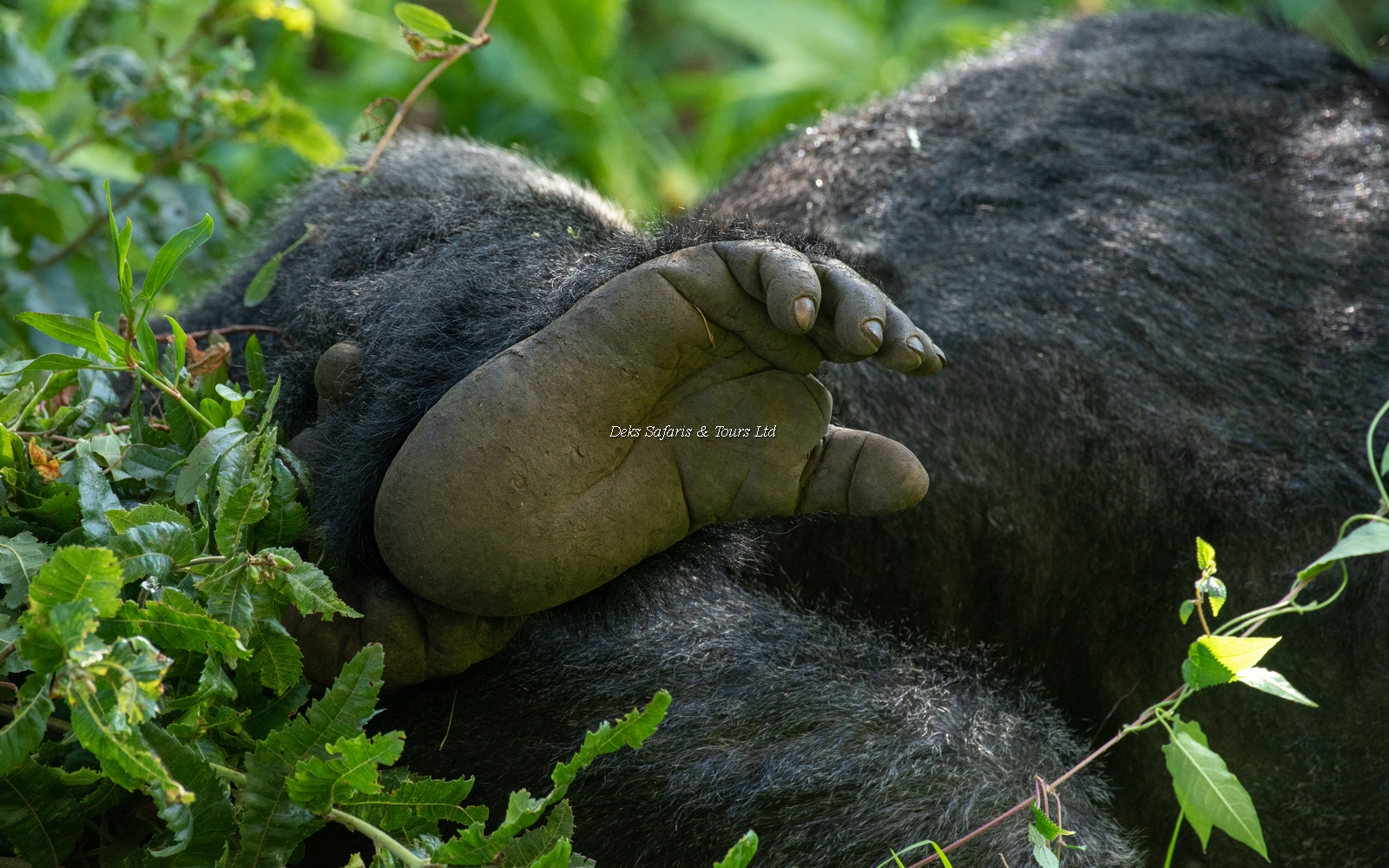
Mountain Gorillas Are Left in Uganda
Conservation Efforts That Have Led to Population Growth
Ranger Patrols and Anti-Poaching Initiatives
The success of Uganda’s mountain gorilla population is largely due to the continuous efforts of rangers, park officials, and local communities working together to protect the gorillas. The Uganda Wildlife Authority (UWA) has implemented a variety of strategies, including anti-poaching patrols, to safeguard the gorillas from threats such as illegal hunting, habitat destruction, and human-wildlife conflict.
- Surveillance and Monitoring: Rangers and scientists regularly monitor the health and movement of gorilla families, tracking their progress through GPS collars and field surveys. This ensures that any signs of distress or threats can be identified and addressed immediately.
- Community Involvement: Local communities are actively engaged in conservation efforts through education, employment opportunities, and involvement in decision-making processes. Communities benefit directly from the revenues generated by gorilla tourism, which incentivizes them to protect the gorillas and their habitat.
Habitat Protection
Habitat loss is one of the biggest threats to the survival of mountain gorillas. To address this, Uganda has worked to preserve critical forest areas, including the establishment of protected national parks such as Bwindi Impenetrable National Park and Mgahinga Gorilla National Park. Additionally, the Ugandan government has promoted reforestation programs to restore degraded lands, helping maintain the gorillas’ natural environment.
Veterinary Care and Disease Control
Mountain gorillas are susceptible to diseases transmitted by humans, which can be fatal to them. The Uganda Wildlife Authority has instituted strict guidelines to minimize human impact on the gorillas, including the use of masks by trekkers and limiting the number of visitors allowed to see the gorillas each day. Additionally, veterinary teams are on standby to provide medical care to the gorillas if they become ill or injured.
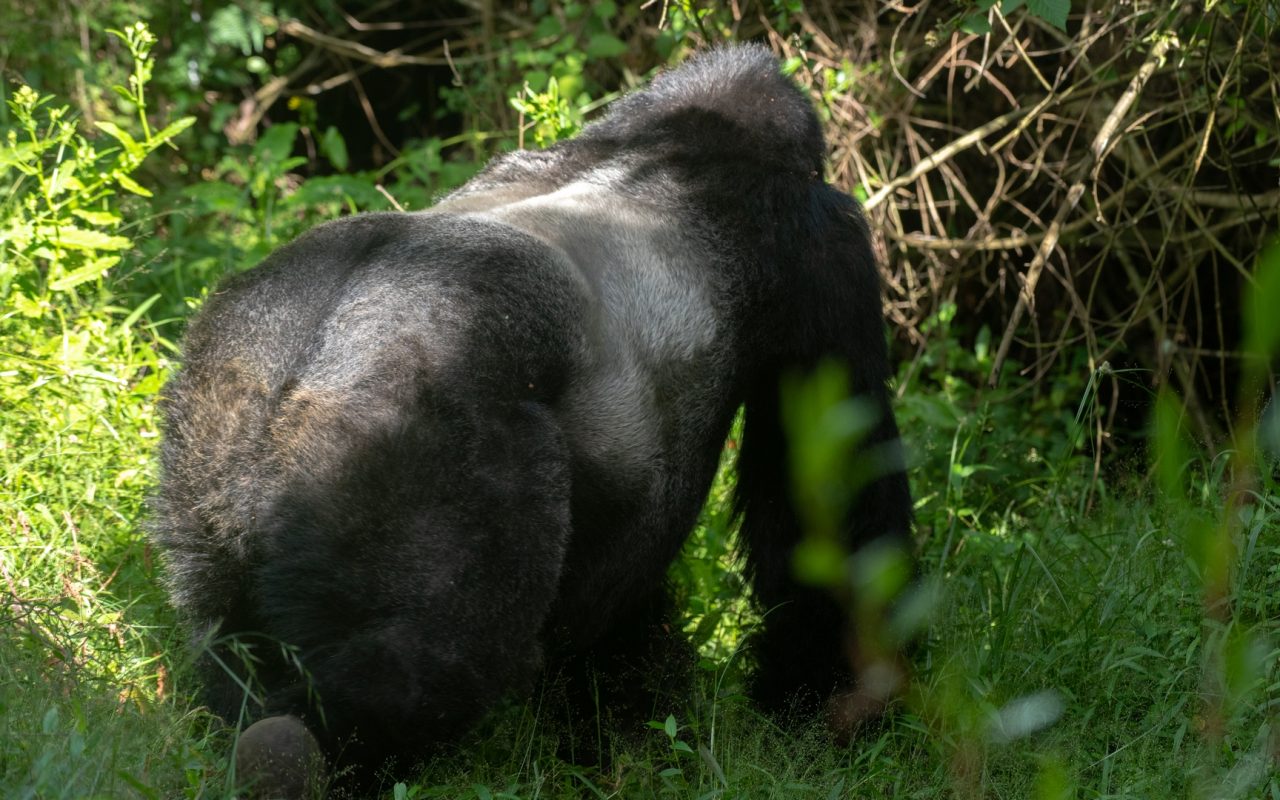
Mountain Gorillas Are Left in Uganda
Challenges and Future Outlook for Mountain Gorillas in Uganda
Threats to Survival
Despite the success of conservation efforts, mountain gorillas continue to face several challenges:
- Poaching: While poaching has significantly decreased, it remains a persistent threat in some areas.
- Habitat Encroachment: Human population growth in the surrounding regions leads to increased pressure on the gorillas’ natural habitat, as land is cleared for agriculture and settlement.
- Climate Change: Shifting weather patterns and extreme weather events could alter the availability of food and affect the gorillas’ habitat.
Ongoing Conservation Efforts
The survival of Uganda’s mountain gorillas depends on continued conservation efforts. The joint management of gorilla habitats across Uganda, Rwanda, and the Democratic Republic of Congo, known as the International Gorilla Conservation Programme (IGCP), is crucial in preserving the species. Additionally, the collaboration between government agencies, local communities, international organizations, and tourism operators plays a vital role in ensuring the long-term sustainability of the mountain gorilla population.
The Role of Gorilla Tourism
Gorilla tourism will continue to be a key factor in funding conservation efforts. By trekking to see the gorillas, visitors contribute directly to their protection. The funds raised through permits and donations help support vital initiatives such as anti-poaching patrols, habitat restoration, and medical care for the gorillas.
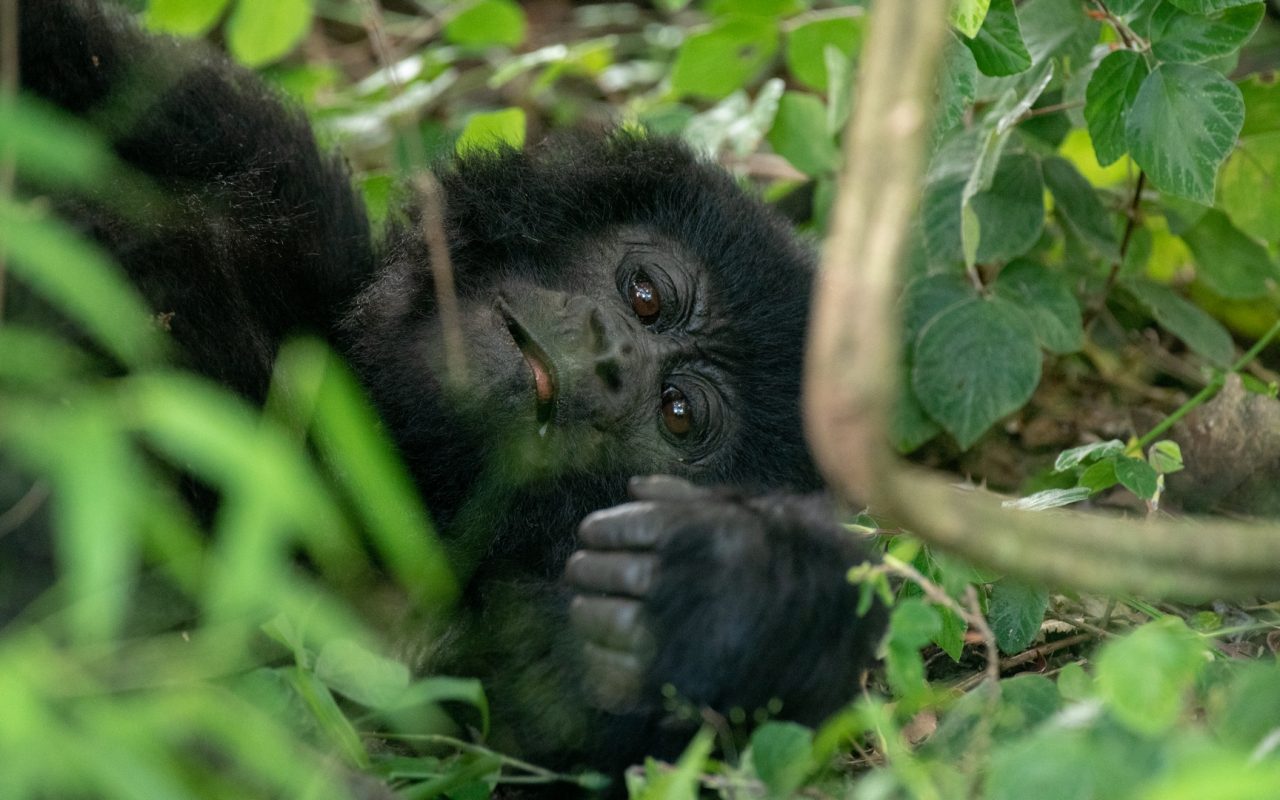
Mountain Gorillas Are Left in Uganda
Conclusion: A Hopeful Future for Mountain Gorillas
The current population of mountain gorillas in Uganda, approximately 400 individuals, represents a significant recovery from the brink of extinction. Continued efforts in anti-poaching, habitat protection, and sustainable tourism are essential to maintaining this positive trajectory. At Deks Safaris & Tours Ltd., we are dedicated to promoting sustainable and responsible tourism that supports conservation and benefits local communities.
Your visit to Uganda’s gorilla trekking destinations not only provides you with a once-in-a-lifetime experience but also contributes to the protection and preservation of one of the world’s most endangered species. By choosing to trek with us, you help ensure that future generations will also have the opportunity to witness the majestic mountain gorillas in their natural habitat

